The Edge is a huge, red sandstone ridge or escarpment with a plateau on top which towers above the classy Cheshire village of Alderley Edge. In Cheshire "an Edge " is a name used for a piece of high land. Alderley Edge gives its name to the local village. The Edge is about 360 feet high.The Edge is shaped like a horseshoe / hough (pronounced huff), in Cheshire parlance.
It is owned by the National Trust and has a very long pre-history dating back to Stone and Bronze Age. The Children's author Alan Garner wrote a book "The Weirdstone of Brisingamen " based on the Legend of the Wizard and the folklore related to The Edge.
The unusual spell of good weather this week saw my husband and I out walking up and about The Edge. It was at its finest in gorgeous weather.


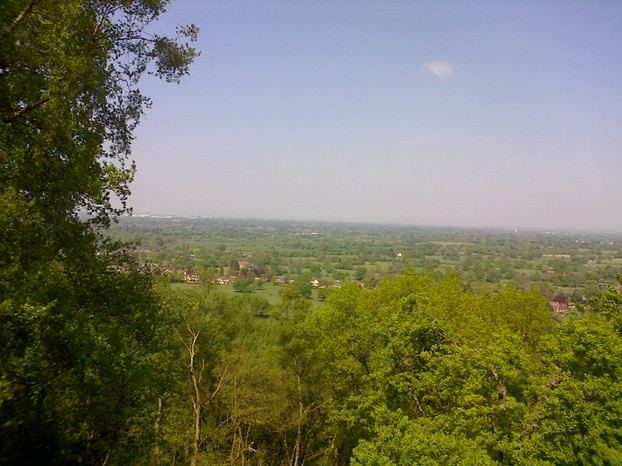
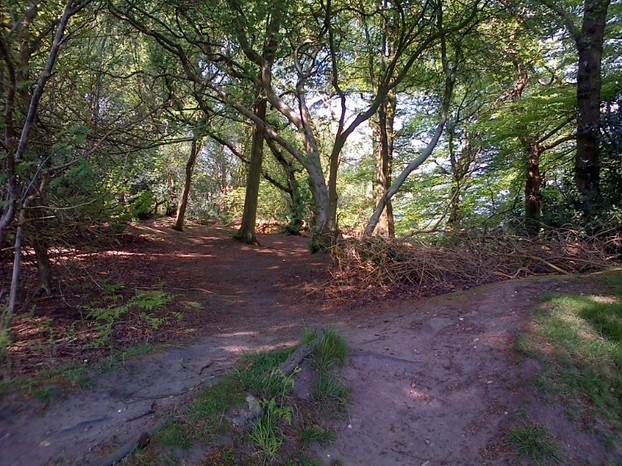
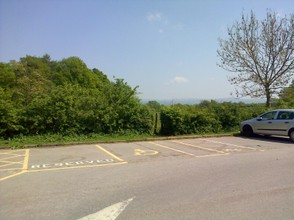
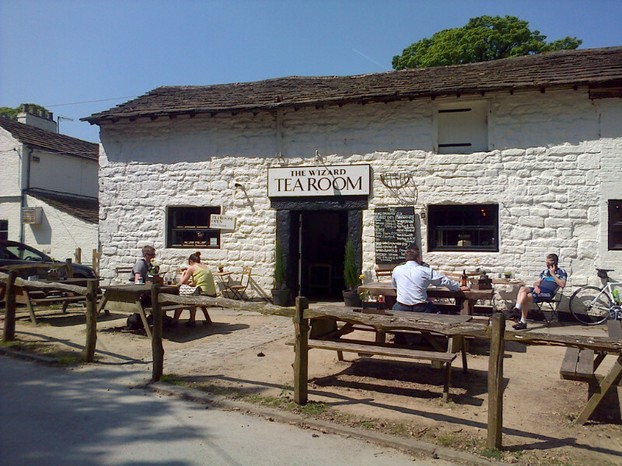
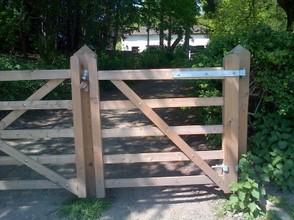
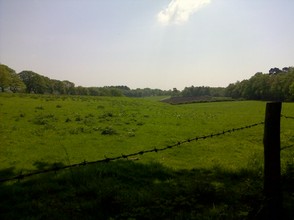
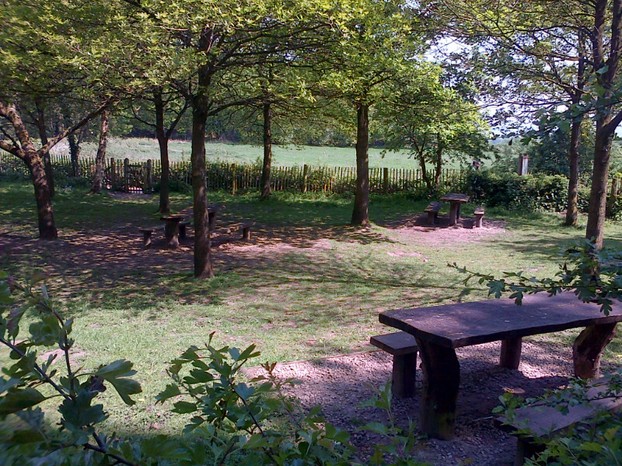
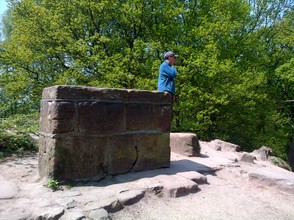
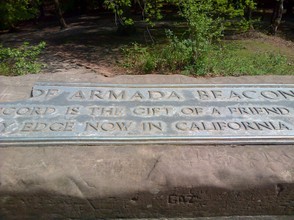
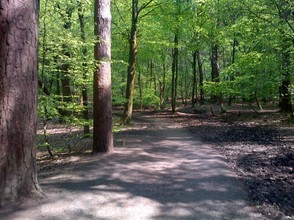
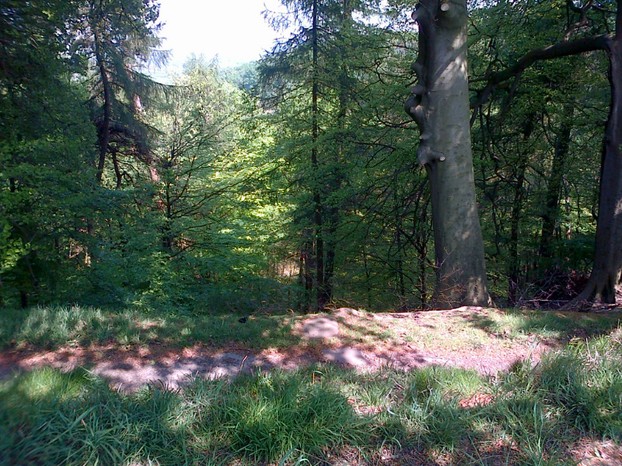
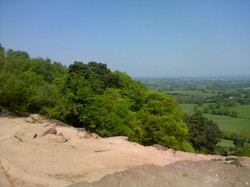

 Blarney Castle and Gardens, County Corkon 06/01/2023
Blarney Castle and Gardens, County Corkon 06/01/2023
 An Cóbh, Corcaigh, Eireon 05/29/2023
An Cóbh, Corcaigh, Eireon 05/29/2023
 Dublin ; The Book of Kellson 04/04/2023
Dublin ; The Book of Kellson 04/04/2023
 The Bee Tree Community CIC;- an online support communityon 08/24/2022
The Bee Tree Community CIC;- an online support communityon 08/24/2022

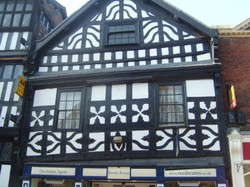
Comments
It may interest readers to know that Cheshire was once a county palatine, like Durham, which meant that it collected its own taxes. For a while it behaved as a semi-independent entity, so that Magna Carta did not apply to Cheshire, so its earl drew up a special Cheshire Charter at the behest of his barons. The county also administered the Welsh county of Flint for a time, but there was always vagueness about the Welsh-English borders until Henry the Eighth settled the issue permanently.
Frank,
Plus, it has Castles. Roman forts, legend, myths, royal intrigue and lovely ancient villages pubs. I am its main advocate I think. :)
Cheshire is the quintessential English shire. It is green, rolling and beautiful.
Thank you Derdriu,
People in former times were terrified of anything resembling witchcraft and superstition. I always feel there is a grain of truth in every oral tradition and this legend has persisted for centuries.
As for North Cheshire being spectacular... I do agree. I feel truly blessed to be so happily and beautifully situated. I get out there walking as often as I can.
Veronica, Thank you for taking us on yet another of your spectacular English countryside strolls. Why was the farmer terrified -- instead of reassured -- by the Wizard's explanation of sleeping knights ready to be awakened to defend England?
Bronze Age mounds often served not only as graves but as territory markers to show who owned land. "It is ours for here are our ancestors' graves." But the small earthen mounds tend to erode away in the wind and the rain.
I suggest that Bronze Age remains may have perished in the huge rockfall that you can see near the Devil's Grave,which took away a chunk of slope some time in the past. There is still a seam of copper ore in the rock, so it is likely that that area was copper-rich, and it is possible that the ancient miners undermined the cliff, causing the rockfall.
A Bronze Age settlement was there that's for certain.
The National Trust have done a wonderful job in preserving it. It is free to visit too.
The Edge was bare until the late eighteenth century when it was planted with pine, though I suspect that the lower slopes were always tree-clad and contained remnants of the greenwood that used to cover Cheshire. Pine is not the vegetation native to the area. Since then natural regeneration has allowed several tree species to enter:holly , oak, rowan and birch to be exact, which are more natural to Cheshire. Birch is a prolific self seeder and sets in easily where it can. Some woodland flowers have entered, notably wood anemone and ramson [wild garlic.]
A variety of birds is found: I have seen jays there, and having seen nuthatches in nearby Styal woods, I am told and can believe that they are present at Alderley. The nuthatch is the only bird capable of walking down a tree head first.
If you visit, don't be seduced by the druids circle, it is a nineteenth century folly laid down by some people who thought that the druids worshiped at stone circles.
The Armada beacon is likely to be a genuine Armada beacon site, as Alderley then was a clear vantage point. It was sited though on a now disappeared Bronze Age burial mound, which confirms my idea that we have remnants of a sacred landscape dating from the Bronze Age here.
That's a very interesting point and I think you are right about the myth/ legend undergoing oral traditional revision over time.
The legend as it stands is a medieval tale but you are right that based on ancient traditions it probably is.
This discussion has stirred up a thought. Consider that Alderley Edge is a high point with a legend of a wizard and that not far away is Lindow [derived from Llyn Dhu, Welsh for Black/Dark Lake, where human sacrifice was known to have been offered in the first century, we may have in the area the remnant of a small sacred landscape. Such landscapes were common in Britain, the largest being around Stonehenge, but there are other, less obvious sites. The book Rising Ground, which I reviewed on Wizzley, identifies one such landscape in Cornwall.
The Wizard is male, as is the sleeping king, but linked to dark lakes is the lady, the goddess of the Earth. The Lord and the Lady are key figures in ancient paganism. We see a remnant of them in Glen Lyon in Scotland, where there is still preserved a shrine to the Old Man and the Old Woman [an potach agus an cailleach]; Scottish fishermen used to stop at the isle of Gigha to render homage to the old man and the old woman. Traces of ancient paganism still linger in the British landscape and its folklore. That's why I think the legend rooted in the ancient past, though it has certainly gone evolution over time.